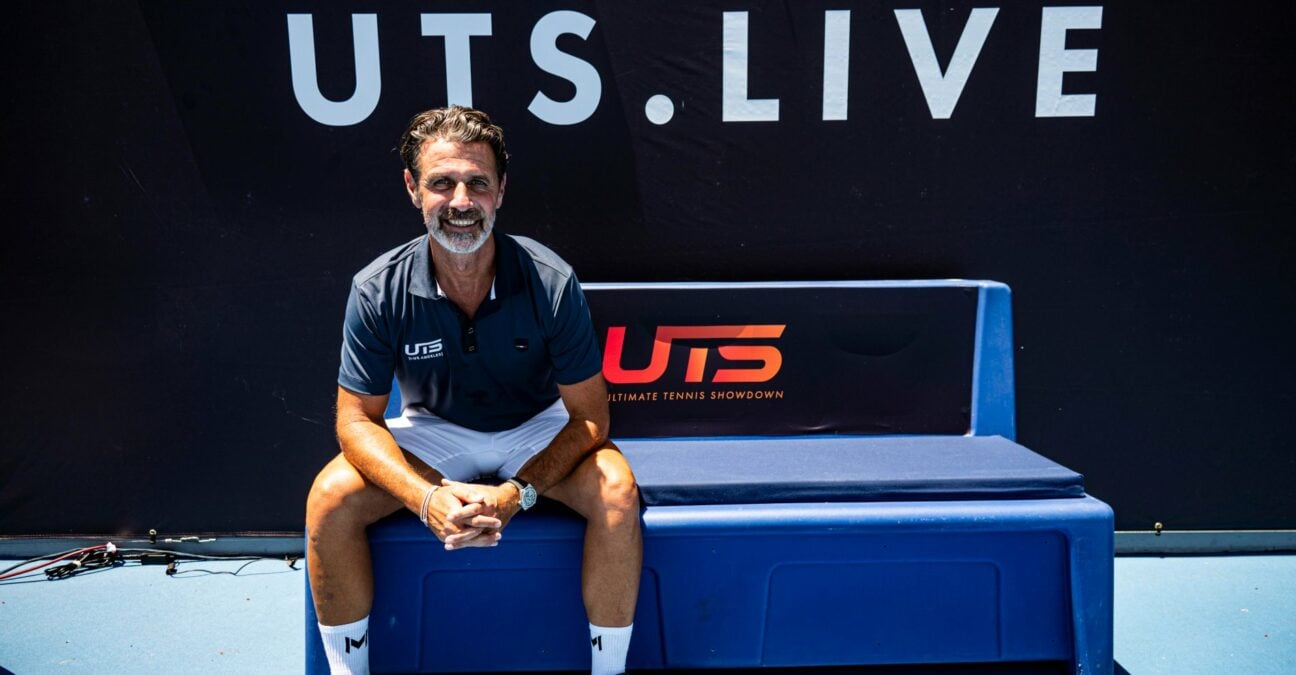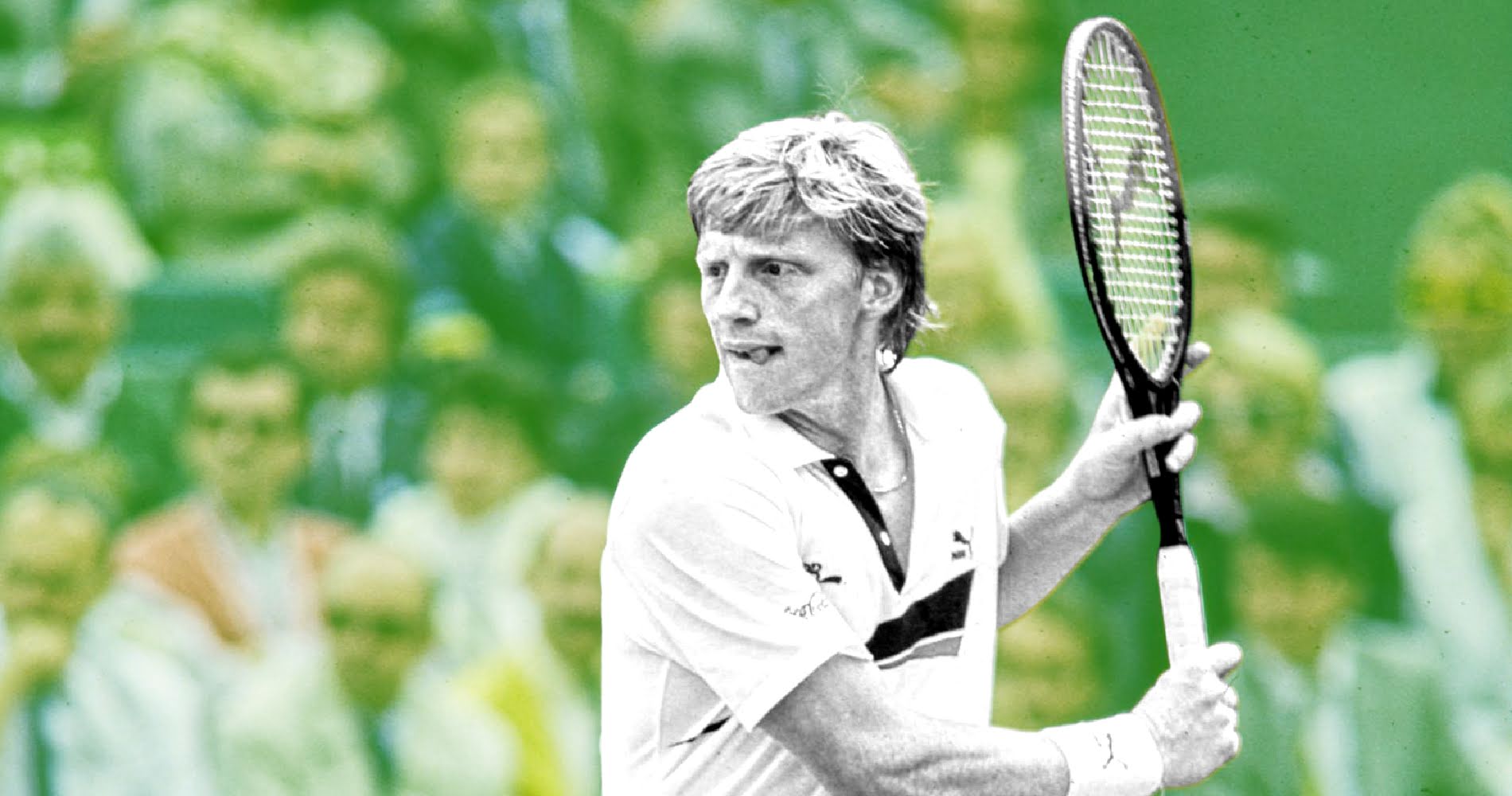“I don’t want to change tennis” – Mouratoglou explains heart behind UTS heading to London
As UTS heads to the home of traditional tennis in London this weekend, founder Patrick Mouratoglou has explained that he’s not trying to change the sport
 Thierry Breton / Panoramic
Thierry Breton / Panoramic
As UTS enters the heart of traditional tennis in London this weekend, Patrick Mouratoglou has reminded fans that he’s not trying to change tennis. Merely propose a second, additional format of the sport.
“I don’t want to change tennis. A lot of people say that I’m trying to change tennis. That’s not my goal,” the founder and chairman of UTS declared to media ahead of the UTS Grand Final in London this weekend.
“I love tennis, I’m the biggest tennis fan. I fell in love with tennis in the 70s, quite a long time ago, and I’m still the same fan 50-something years after.”
Mouratoglou explains the need for UTS
There will be no strawberries and cream at the UTS Grand Final this weekend, nor will players be wearing all white–quite the contrary.
With a lax code of conduct, players are invited to show the more colourful aspects of their personalities on court, as are the spectators, who are allowed to shout out during points.
Ahead of the event which offers such a stark contrast to the kind of tennis fans are used to seeing in London, Mouratoglou has explained more behind why he sees such a need for UTS in 2023.
“I just want to propose a different tennis for different people,” the Frenchman emphasised on Thursday.
“Of course you can like both tennis–UTS and traditional tennis–but the idea is mostly to propose a second league with different rules that are more attractive to the younger generation, the people under 40 years old who are not tennis fans. All the studies have showed it, I think we need to do something for that.
“I think these two leagues can live next to each other and be attractive, one for the more traditional people, one for the other ones.”
What makes UTS different to traditional tennis?
For those who are new to the format, UTS takes a much more engaging, faster-paced approach to traditional tennis.
As an example, players are only allowed one serve, meaning no faults and time spent between first and second serves. Matches are played in quarters as well, with each quarter being eight minutes of continuous play.
An emphasis is also put on engagement and personality, with players encouraged to express themselves. Fans get a direct line into players’ thoughts with mid-match interviews during the quarter-breaks, while they themselves are allowed to call out and move around during points.
These adaptations–plus some other fun quirks like shorter nets and ‘next point counts for three’ bonus cards–lead to a sport that is like tennis, but very different at the same time.
The Grand Final of UTS kicks off this weekend, where the eight best players of the year–included ATP stars such as Andrey Rublev, Holger Rune and Casper Ruud–square off for the league’s biggest prize in London.











